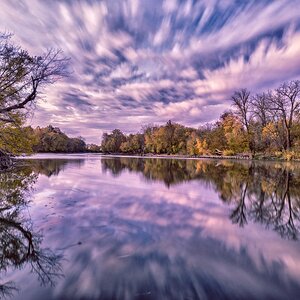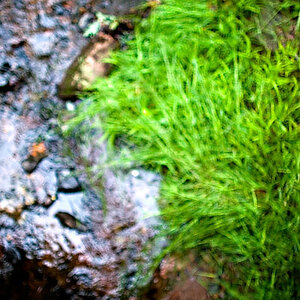- Joined
- Sep 2, 2005
- Messages
- 14,455
- Reaction score
- 3,328
- Can others edit my Photos
- Photos OK to edit
So I was bumming around in Rockport, MA and I saw a camera shop. OOOOO!!! CAMERA SHOP!!!
Anyway, I bopped in and struck up a convo with the shop owner who was very pleased to see I had a D300 but HORRIFIED to see I had a non-multicoated CPOL on my camera. He explained to me that it was "wrong" and simply was not going to give me what I needed, and that I needed one of these $200 ones over here.
Now...
1. Clearly the dude was a salesman, so I can't take anything he says without some caution.
2. Clearly my Promaster CPOL works...
3. I strongly suspect how much the dude knows since he considered my 18-200 3.5/5.6 AFS VR "really good glass". I mean, it's a fine lens, don't get me wrong, but "really good glass"? Not.
So the question is... how much of a difference is there, if any? What is so great? I thought the multicoated CPOLs were mainly just more rugged, but I have no idea... generally speaking I'm not about to spend $200 on a filter, but... maybe... someday.
Any thoughts? Thanks!
Anyway, I bopped in and struck up a convo with the shop owner who was very pleased to see I had a D300 but HORRIFIED to see I had a non-multicoated CPOL on my camera. He explained to me that it was "wrong" and simply was not going to give me what I needed, and that I needed one of these $200 ones over here.
Now...
1. Clearly the dude was a salesman, so I can't take anything he says without some caution.
2. Clearly my Promaster CPOL works...
3. I strongly suspect how much the dude knows since he considered my 18-200 3.5/5.6 AFS VR "really good glass". I mean, it's a fine lens, don't get me wrong, but "really good glass"? Not.
So the question is... how much of a difference is there, if any? What is so great? I thought the multicoated CPOLs were mainly just more rugged, but I have no idea... generally speaking I'm not about to spend $200 on a filter, but... maybe... someday.
Any thoughts? Thanks!


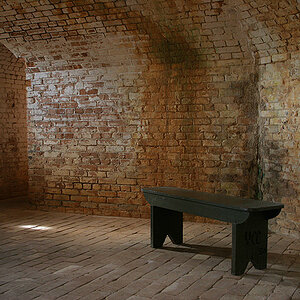
![[No title]](/data/xfmg/thumbnail/34/34060-c81fb16d207094738be9b89a70ae1331.jpg?1619736258)

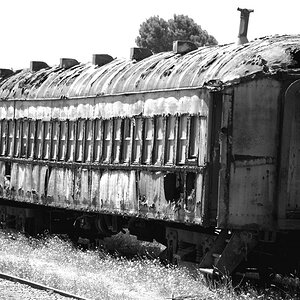

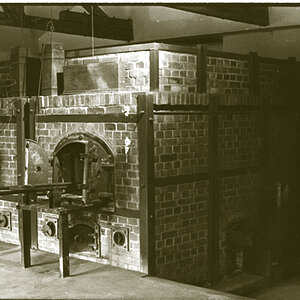
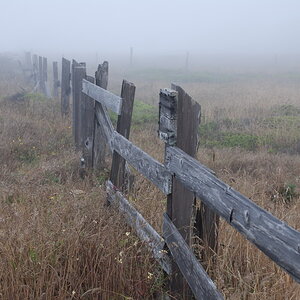
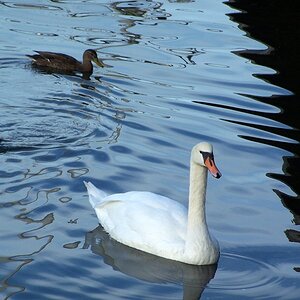

![[No title]](/data/xfmg/thumbnail/42/42278-22ed940cbdc5888a28d9be36006594dc.jpg?1619740086)
